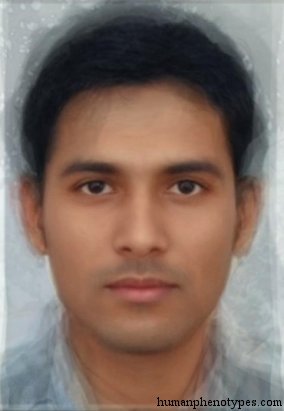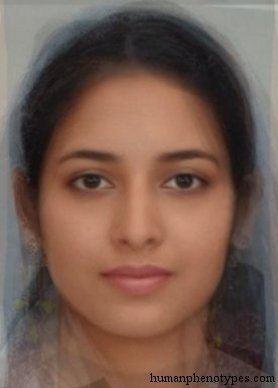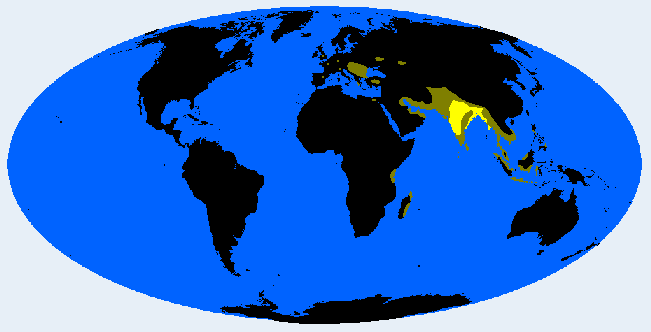Description:
The most widespread and frequent Indid subtype, one of the most populous phenotypes in the world. Common along the Ganges river and Deccan, but practically found all over India. Various ancient migrations brought it to Thailand, Arabia, Madagascar, Indonesia, and Europe. Shows anthropometric similarities to Mediterranid, although lips, nose, forehead, and eyelids differ significantly.Physical Traits:
Light to medium brown skin, straight to wavy hair. Rather short, meso- brachyskelic, ectomorph, females occasionally endomorph, symmetrical body. Dolicho-mesocephalic, ortho- hypsicranic, small-headed. Mildly leptorrhine, triangular nose. Overall very gracile and soft features (esp. in women). Face oval, lips comparatively thin, but thicker than in Mediterranids. Eyes large, sometimes almond-shaped.Literature:
First identified as Homo indicus by Bory (1825). Risley (1916) named it Indo-Scythian, Eickstedt (1929, 1934), Bernhard (1983) and Knussmann (1996) Gracile Indid. Lundman (1967, 1988) regarded them an East Mediterranid subtype Gangid, Biasutti (1967) called them Peninsular Indian, Hooton (1946) included them in Indo-Dravidian, some even in Mediterranean (Cole, 1965).







